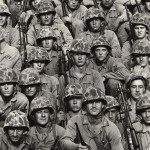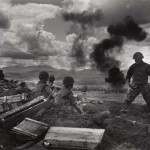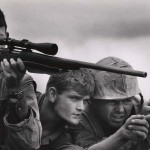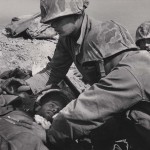Tim O’Brien’s The Things They Carried is a ground-breaking meditation on war, memory, imagination, and the redemptive power of storytelling. The book depicts the men of Alpha Company: Jimmy Cross, Henry Dobbins, Rat Kiley, Mitchell Sanders, Norman Bowker, Kiowa, and the character Tim O’Brien, who survived his tour in Vietnam to become a father and writer. The Harry Ransom Center holds the author’s archive.
[Read more…] about The textual “truth” behind Tim O’Brien’s The Things They Carried




